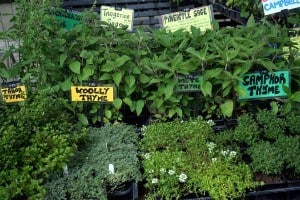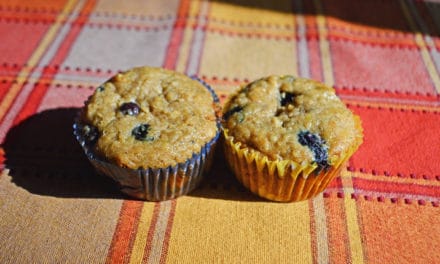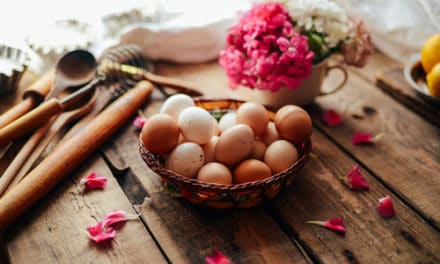By Virginia Rangel

With the snow beginning to melt away, most of us had forgotten about the rich possibilities the earth beneath offered. As more of your lawn and flower bed become exposed and the landscape changes from white to its vibrant green state, we are compelled to shake off winter by starting our spring garden.
Though starting a garden in April is past the window to plant herbs, because of the length of the plants maturation, there are many other possibilities for those still looking to have a diverse garden this spring. Considering a stop at Gray’s Flower Garden in Quincy may be a good place to start your “green-thumb” venture. Upon a very informative visit to Gray’s owner Sherri Curnow, was able to give some tips about getting a garden started for apring.
The most important thing about getting started, is soil preparation. The most common mistake is being over anxious. If you stick seeds in the ground and hope they will grow, you will lose time and money. Be patient. Quincy soil is mainly compacted and acidic and when you reach East Quincy it can become very rocky. If you encounter similar conditions with your soil, the next move would be to add a soil base of top soil at about six to eight inches. If top soil isn’t necessary, than getting some cheap soil testers can be a good way to identify what your soil might be lacking as far as nutrients go.
Root plants should go into the ground sometime around late April when the ground warms above fifty degrees Fahrenheit. If you put root plants in the ground too early, it is much harder for the seedlings to germinate. There are many tools to keep from freezing your seedlings. Why not put a blanket on our flower bed? Specially designed thermal row coverings allow moisture and light to reach your seedlings while keeping them from getting too cold. Walls of water keep the warmth from the day throughout the night as an early season plant protector.
Potatoes and onions should be planted sometime after Mother’s Day in May, along with Sweet Peas, which thrive in the Sierra’s. One thing to remember about potatoes is to make sure they aren’t planted in soggy ground.
Summer blooms like lilies and gladiolas need to be planted now. Vegetables are generally sensitive plants. Tomatotes and squaash freeze easily, but are fast growing. While Quincy and Greenville, at the lower elevations, can plant veggies sooner, places like Portola and Lake Almanor will have to be patient a little longer. Squash can be started indoors to prepare for May planting. Cabbage, broccoli and cauliflower can be planted at the end of this month.
Being able to efficiently live off the earth is becoming more of a necessity to ensure the health and sustainability of our future. Utilizing our resources by nurturing the land in turn allows us to nurture ourselves and every generation that follows.












